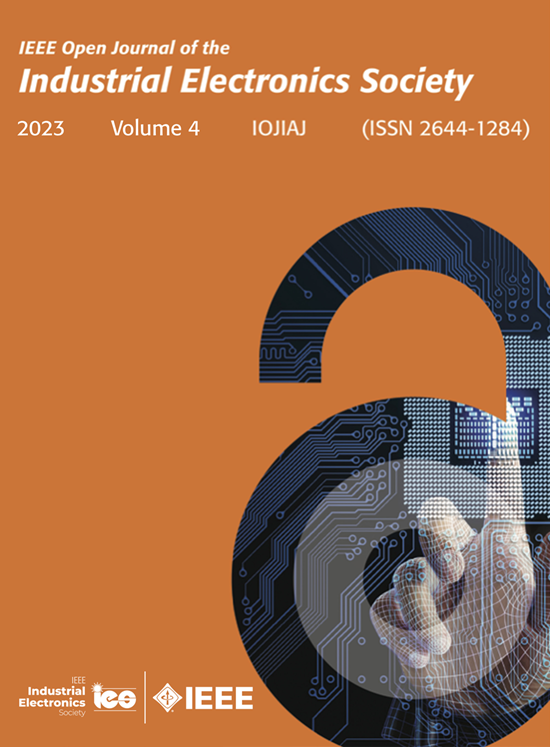Optimization of Resonant Arrays for Dynamic Wireless Power Transfer Using Adaptive Termination
IF 4.3
Q1 ENGINEERING, ELECTRICAL & ELECTRONIC
IEEE Open Journal of the Industrial Electronics Society
Pub Date : 2025-07-02
DOI:10.1109/OJIES.2025.3585439
引用次数: 0
Abstract
This article introduces the implementation of an adaptive termination impedance alongside a corresponding control algorithm designed for resonant arrays in inductive wireless power transfer systems for vehicle charging applications. The integration of an adaptive termination impedance in the final cell of the array significantly improves both energy transfer between the transmitter array and the receiver. By employing the proposed algorithm, which estimates the receiver’s position relative to the array through voltage and current measurement in the first cell directly connected to the power source, the need for additional position sensors is eliminated. Moreover, this innovative approach not only reduces the number of components but also lowers system cost and complexity, while allowing the system to be modular, as the proposed method works for any number of array cells. The effectiveness of the proposed solution has been validated through comprehensive simulations and experimental testing.基于自适应终止的动态无线电力传输谐振阵列优化
本文介绍了一种自适应终端阻抗的实现以及相应的控制算法,该算法是为汽车充电应用的感应无线电力传输系统中的谐振阵列设计的。在阵列的最后一个单元中集成自适应终端阻抗显著改善了发射阵列和接收器之间的能量传递。该算法通过直接连接到电源的第一个单元的电压和电流测量来估计接收器相对于阵列的位置,从而消除了对额外位置传感器的需求。此外,这种创新的方法不仅减少了组件的数量,还降低了系统成本和复杂性,同时允许系统模块化,因为所提出的方法适用于任何数量的阵列单元。通过综合仿真和实验测试,验证了该方案的有效性。
本文章由计算机程序翻译,如有差异,请以英文原文为准。
求助全文
约1分钟内获得全文
求助全文
来源期刊

IEEE Open Journal of the Industrial Electronics Society
ENGINEERING, ELECTRICAL & ELECTRONIC-
CiteScore
10.80
自引率
2.40%
发文量
33
审稿时长
12 weeks
期刊介绍:
The IEEE Open Journal of the Industrial Electronics Society is dedicated to advancing information-intensive, knowledge-based automation, and digitalization, aiming to enhance various industrial and infrastructural ecosystems including energy, mobility, health, and home/building infrastructure. Encompassing a range of techniques leveraging data and information acquisition, analysis, manipulation, and distribution, the journal strives to achieve greater flexibility, efficiency, effectiveness, reliability, and security within digitalized and networked environments.
Our scope provides a platform for discourse and dissemination of the latest developments in numerous research and innovation areas. These include electrical components and systems, smart grids, industrial cyber-physical systems, motion control, robotics and mechatronics, sensors and actuators, factory and building communication and automation, industrial digitalization, flexible and reconfigurable manufacturing, assistant systems, industrial applications of artificial intelligence and data science, as well as the implementation of machine learning, artificial neural networks, and fuzzy logic. Additionally, we explore human factors in digitalized and networked ecosystems. Join us in exploring and shaping the future of industrial electronics and digitalization.
 求助内容:
求助内容: 应助结果提醒方式:
应助结果提醒方式:


